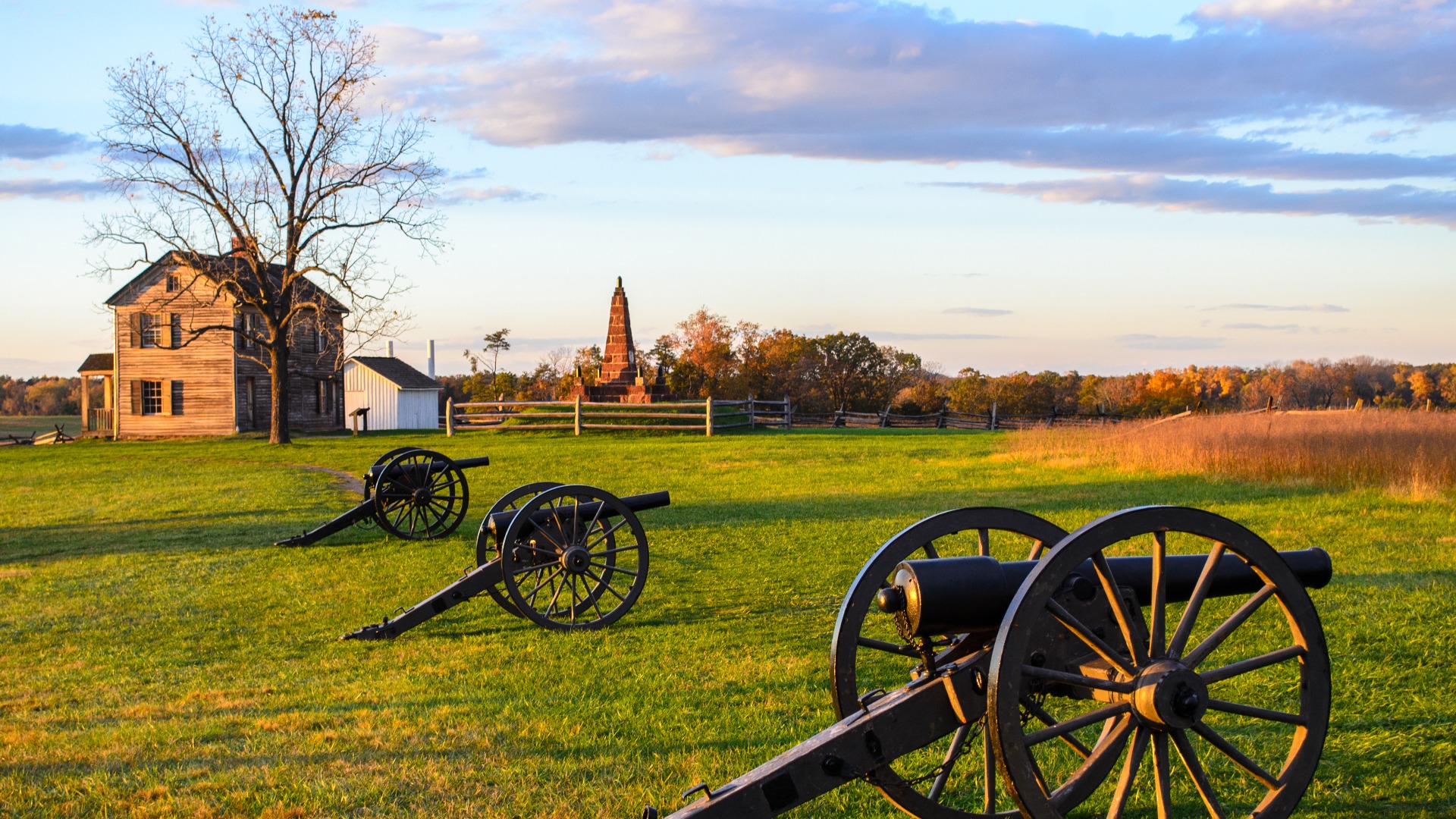Mastering Chimney Waterproofing Challenges in Prince William County, VA
Chimneys, those iconic structures that add character to our homes, are much more than mere esthetic features. They play a crucial role in the ventilation system, channeling out smoke and harmful gases from our fireplaces and furnaces. However, chimneys are also vulnerable to the harsh elements, with water being their number one enemy. Chimney waterproofing is therefore an essential maintenance practice for homeowners in Prince William County, VA. Without proper waterproofing, your chimney can suffer from various forms of water damage, leading to costly repairs and potential safety risks. In this article, we will guide you through the process of mastering chimney waterproofing challenges, with a special focus on Prince William County.
Understanding the Importance of Chimney Waterproofing
Water is a significant threat to your chimney’s longevity. It can seep into the mortar and bricks, causing corrosion, spalling, efflorescence, and even structural damage. A leaky chimney can also lead to interior water damage, including stained walls and ceilings, mold growth, and rotten wood. When winter arrives, the freeze-thaw cycle can exacerbate these problems, as water trapped in the chimney expands and contracts, leading to cracks and crumbling.
In Prince William County, with its diverse weather patterns, chimney waterproofing is not just optional; it’s necessary. The region experiences a fair mix of rain, snow, and freeze-thaw cycles, which can severely compromise the integrity of your chimney if not properly waterproofed.
Addressing Chimney Waterproofing Challenges
Waterproofing a chimney is not a simple task of applying a layer of waterproofing agent. It involves several steps, each addressing a specific part of the chimney that is vulnerable to water damage. Here are the key areas to focus on:
1. Chimney Cap: The chimney cap is your first line of defense against water intrusion. It covers the top of the chimney, preventing rain, snow, and even animals from entering. A damaged or missing cap can expose your chimney to water damage. Ensure your chimney cap is in good condition and properly installed.
2. Chimney Crown: The chimney crown, often made of concrete, surrounds the flue and prevents water from seeping into the chimney structure. Cracks or damage to the crown can allow water to penetrate. Repair any damage and apply a waterproof sealant for added protection.
3. Chimney Flashing: This is the seal between your chimney and the roof. Damaged or improperly installed flashing can cause roof leaks. Regularly inspect the flashing and make necessary repairs.
4. Masonry: The bricks and mortar of your chimney can absorb water, leading to wear and tear over time. Apply a breathable waterproofing agent that allows the moisture to escape while preventing water from entering.
Choosing the Right Professionals for Chimney Waterproofing
Chimney waterproofing is a task that requires professional skills and knowledge, especially in a region like Prince William County with its unique climatic conditions. Choosing the right professionals is crucial for effective and long-lasting waterproofing.
A&T Chimney Sweeps fireplace, furnace, dryer vent, gutter cleaning and repair services in Prince William County VA, is a trusted name in the area for chimney maintenance and repair. With their team of certified professionals, they offer comprehensive chimney waterproofing services, ensuring your chimney can withstand the harsh Virginia weather.
FAQs on Chimney Waterproofing
Q: How often should I waterproof my chimney?
A: Typically, waterproofing should be done every 5 years, but it depends on the age of your chimney and the local weather conditions.
Q: Can I waterproof my chimney myself?
A: While it’s possible to do it yourself, chimney waterproofing is a task best left to professionals. They have the right tools, knowledge, and experience to ensure effective and long-lasting protection.
Q: Does chimney waterproofing prevent all forms of water damage?
A: Waterproofing significantly reduces the risk of water damage. However, regular inspection and maintenance are necessary to address any potential issues, such as damaged flashing or a cracked crown.
Q: What are the signs my chimney needs waterproofing?
A: Signs of water damage include rust stains, white efflorescence on the bricks, a damp smell, and water in the firebox or around the chimney base.
In conclusion, mastering chimney waterproofing challenges is crucial to prolong the life of your chimney and prevent costly repairs. By understanding the importance of each step and choosing the right professionals, homeowners in Prince William County, VA can effectively protect their chimneys from water damage.








